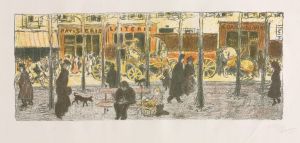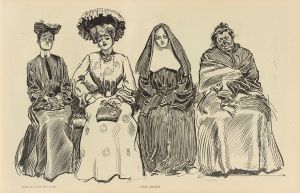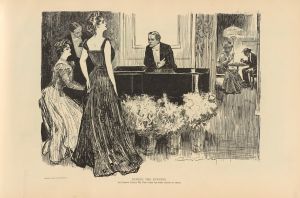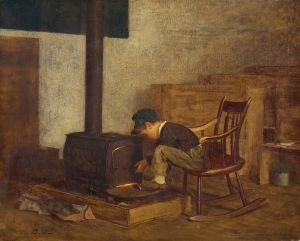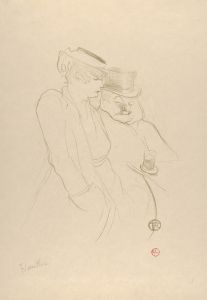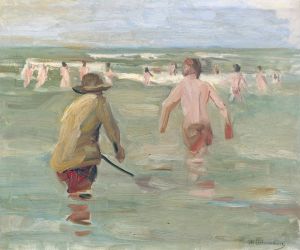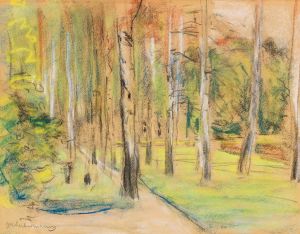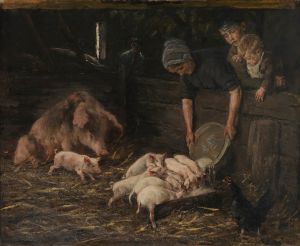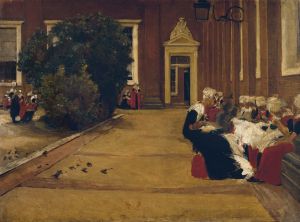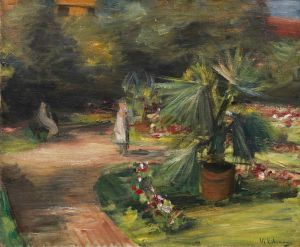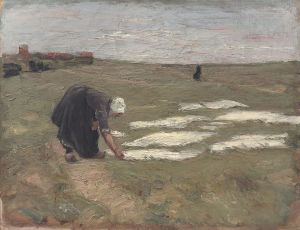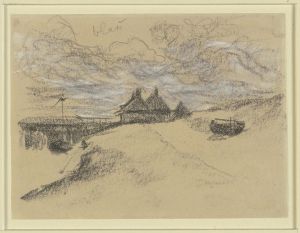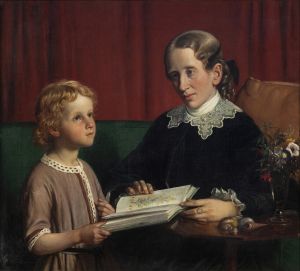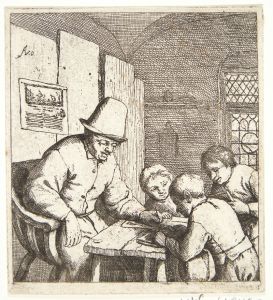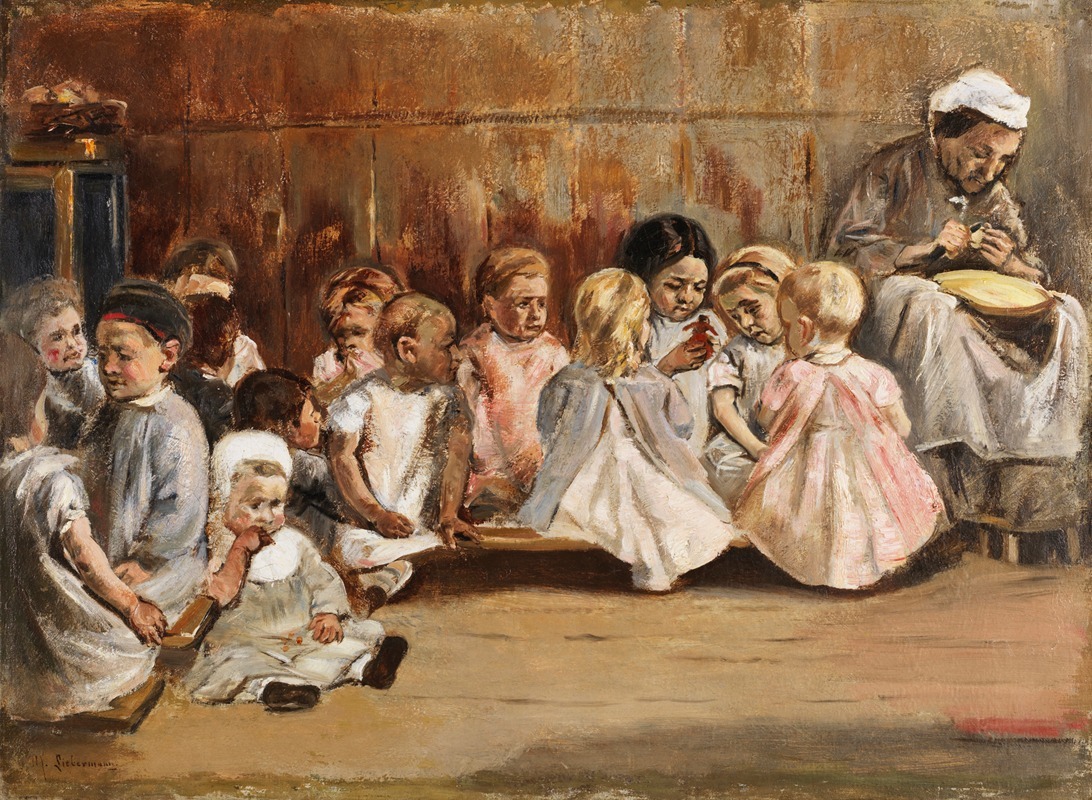
Kleinkinderschule
A hand-painted replica of Max Liebermann’s masterpiece Kleinkinderschule, meticulously crafted by professional artists to capture the true essence of the original. Each piece is created with museum-quality canvas and rare mineral pigments, carefully painted by experienced artists with delicate brushstrokes and rich, layered colors to perfectly recreate the texture of the original artwork. Unlike machine-printed reproductions, this hand-painted version brings the painting to life, infused with the artist’s emotions and skill in every stroke. Whether for personal collection or home decoration, it instantly elevates the artistic atmosphere of any space.
Max Liebermann's painting Kleinkinderschule (translated as "Nursery School" or "Small Children's School") is a significant work by the German painter, who was one of the leading figures of the Impressionist movement in Germany. Created in 1880, the painting reflects Liebermann's interest in depicting scenes of everyday life, particularly those involving the working class and children. This focus on realism and social themes was a hallmark of his early career, influenced by the naturalist and realist movements of the late 19th century.
The painting portrays a group of young children in a modest school setting, likely a charitable or communal institution for early childhood education. The children are engaged in various activities, such as playing or learning, under the supervision of a teacher or caretaker. The setting is simple and unadorned, emphasizing the humble nature of the environment. Liebermann's use of light and color captures the atmosphere of the scene, with soft, natural lighting that enhances the sense of intimacy and realism.
Kleinkinderschule is an example of Liebermann's commitment to portraying the dignity and humanity of ordinary people. His work often focused on themes of labor, education, and community, reflecting the social changes and challenges of the time. This painting, like many of his works, was influenced by his travels to the Netherlands, where he studied Dutch masters such as Frans Hals and Rembrandt. The influence of these artists is evident in Liebermann's attention to detail and his ability to convey emotion and character through his subjects.
The painting was created during a period when Liebermann faced criticism for his choice of subject matter, as some contemporaries viewed his focus on the working class and rural life as unrefined or overly mundane. However, his work was also celebrated for its honesty and technical skill, and he eventually became one of the most respected artists of his time.
Today, Kleinkinderschule is recognized as an important example of Liebermann's early work and his dedication to realism and social commentary. The painting is housed in the Alte Nationalgalerie (Old National Gallery) in Berlin, Germany, where it is part of a collection that highlights the development of German art in the 19th century. It continues to be appreciated for its artistic merit and its insight into the social conditions of the era.





